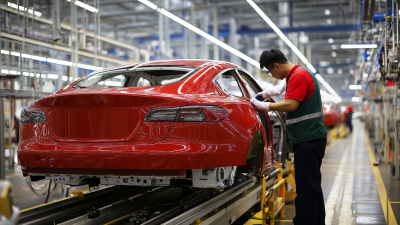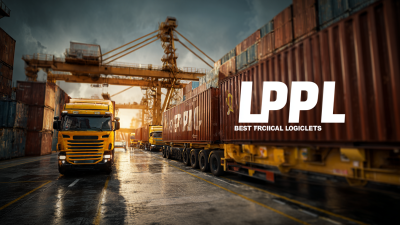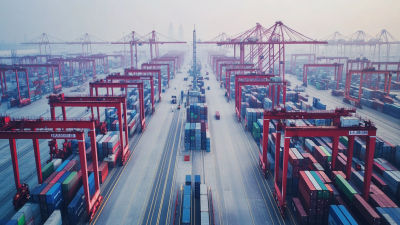In the ever-evolving landscape of automobile transportation, the demand for safe and secure transport solutions has never been higher. According to the American Moving and Storage Association, nearly 60% of vehicle owners consider the protection of their cars during transit as a top priority. Enclosed auto shipping has emerged as the preferred choice for those looking to transport high-value or classic vehicles, ensuring they are shielded from the elements and potential damage. Industry reports indicate that the enclosed transport sector is projected to grow by 12% annually, reflecting a rising awareness of the benefits this method provides—such as enhanced safety, reduced risk of theft, and superior care in handling. This guide delves into the essential aspects of enclosed auto shipping, equipping readers with the knowledge they need to navigate the complexities of transporting their vehicles securely and efficiently.

Enclosed auto shipping is increasingly recognized for its significant benefits, particularly when it comes to the safe and secure transport of vehicles. This method involves using a fully enclosed carrier, which protects the vehicle from the elements, road debris, and potential damage during transit. For luxury, classic, or high-value vehicles, such shipping offers peace of mind, knowing that the automobile is shielded from any potential hazards. As the market for enclosed car transportation grows, many companies are adapting to meet the demand, reflecting the need for enhanced safety and care in vehicle shipping.
However, the costs associated with enclosed auto shipping can be a concern for many. Typically, this service is more expensive than open transport due to the added protection and specialized handling it requires. Factors such as distance, vehicle size, and overall transport logistics can influence pricing. To ensure value for money, it’s essential to assess various shipping options, including researching the top-rated services in your area. By understanding these benefits and costs, vehicle owners can make informed decisions that best suit their shipping needs.
| Type of Enclosed Auto Shipping | Benefits | Average Cost |
|---|---|---|
| Hard-Sided Enclosed Carrier | Ultimate protection against weather, theft, and road debris | $1,000 - $2,000 |
| Soft-Sided Enclosed Carrier | Less costly option with good protection, more flexible loading | $800 - $1,500 |
| Liftgate Service | Assisted loading/unloading for low-ground clearance vehicles | $150 - $300 (additional fee) |
| Door-to-Door Service | Convenience of having the vehicle picked up and delivered directly | $100 - $250 (additional fee) |
When considering enclosed auto shipping services, the cost can vary significantly based on several key factors. One of the most influential elements is the type of vehicle being transported. Luxury and exotic cars often require specialized handling and transport methods, which can increase the overall price. Additionally, the transport distance plays a crucial role; longer distances typically incur higher costs due to fuel and driver compensation.
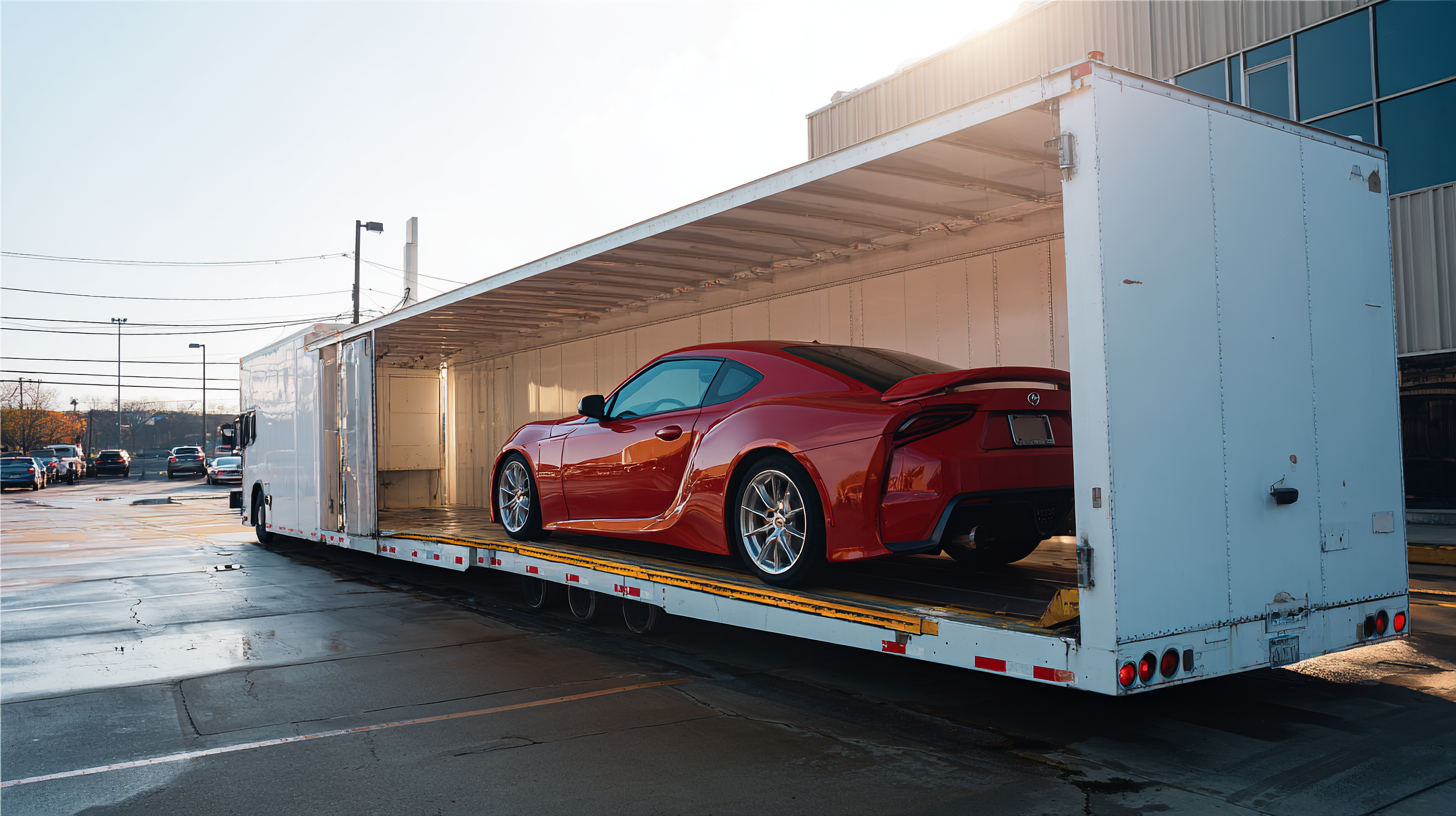
Another critical factor is the time of year. Seasonal demand can affect pricing, with peak periods during the summer months or around holidays leading to increased rates. Moreover, the choice of transport company also impacts pricing. Established companies with a strong reputation may charge a premium for their services, while new entrants might offer lower rates to attract customers. Understanding these nuances can help you make an informed decision about your enclosed auto transport needs.
When it comes to car shipping, safety is a paramount concern, especially in choosing between enclosed and open transport options.
Enclosed transport provides a protective environment that shields vehicles from external elements and road debris during transit.
According to industry reports, nearly 95% of vehicle owners who have used enclosed shipping report higher satisfaction and peace of mind compared to those who opted for open transport.
While open transport is often more cost-effective, it exposes vehicles to potential damage from weather and road hazards.
Furthermore, enclosed transport not only offers superior protection but is also typically used for high-value and classic cars.
A survey conducted by an automotive transport association indicated that enclosed transport reduced the likelihood of damage by up to 80% compared to open transport methods.
This statistic underscores the importance of considering the type of shipping when safeguarding your vehicle.
With the increasing demand for secure and reliable shipping options, investing in enclosed transport is often worth the added cost for those who value their vehicles' condition and safety.
When considering enclosed auto shipping, one of the most crucial factors to assess is the insurance coverage offered. Enclosed transport is designed to protect vehicles from the elements and potential damage during transit, making it especially ideal for high-value or classic cars. However, even the most secure transport methods can encounter unforeseen incidents, and that's where comprehensive insurance becomes invaluable. Having a robust insurance policy ensures that, in the event of an accident or damage, you won’t bear the burden of repair costs alone.
Additionally, when shipping a vehicle to and from specific locations, like Puerto Rico, understanding the nuances of insurance coverage is essential. With costs for door-to-port transport ranging widely, it is important to have adequate coverage that reflects the value of your vehicle against the varying risks involved with long-distance shipping. Companies often provide different levels of insurance, so choosing the right option tailored to your needs can offer peace of mind, ensuring a safe and secure transport for your prized possession.
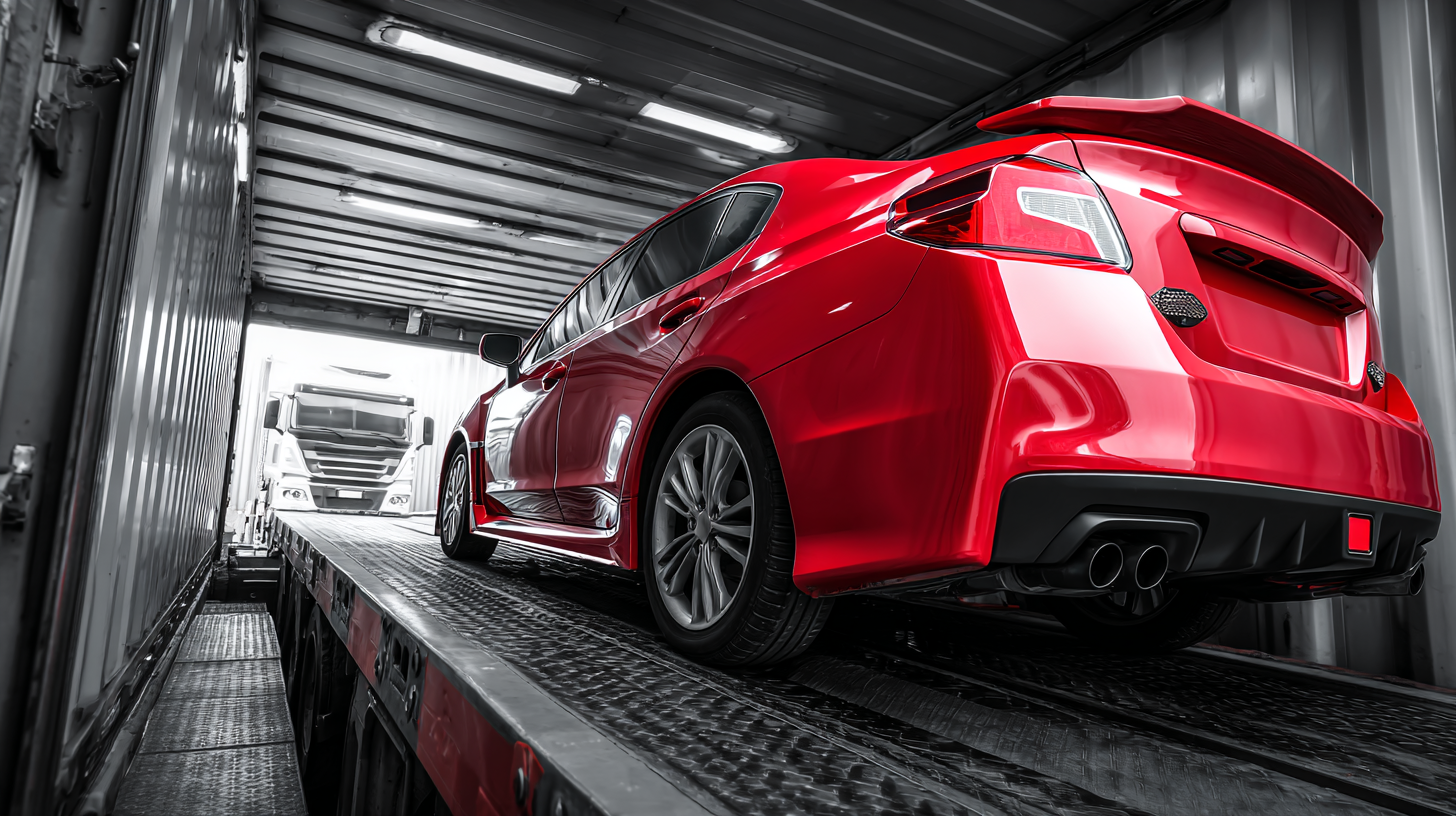
When preparing your vehicle for enclosed auto transport, it's essential to follow some key steps to ensure safe and secure transport. First and foremost, cleaning your vehicle inside and out not only allows for a thorough inspection but also makes it easier to identify any pre-existing damage. According to a report by the American Moving and Storage Association, around 20% of vehicle damage claims arise due to inadequate pre-shipping inspections. Documenting your vehicle’s condition with detailed photos can provide a vital reference should any issues arise during transit.
In addition to cleaning, securing loose parts and personal belongings is crucial. Items like antennas, spoilers, and aftermarket accessories should be removed or tightly secured to prevent damage during transport. Industry data shows that 15% of transport claims are attributed to loose objects causing scratches or dents. Finally, communicating all vehicle specifics to your transport company, including any modifications or particular handling instructions, can further minimize the risks. By taking these steps, vehicle owners can bolster the protective measures that enclosed transport offers, ensuring their car arrives in pristine condition.
This chart depicts the frequency of various vehicle types transported via enclosed auto shipping. Understanding which vehicles are most commonly shipped can provide valuable insights for consumers considering this service.
